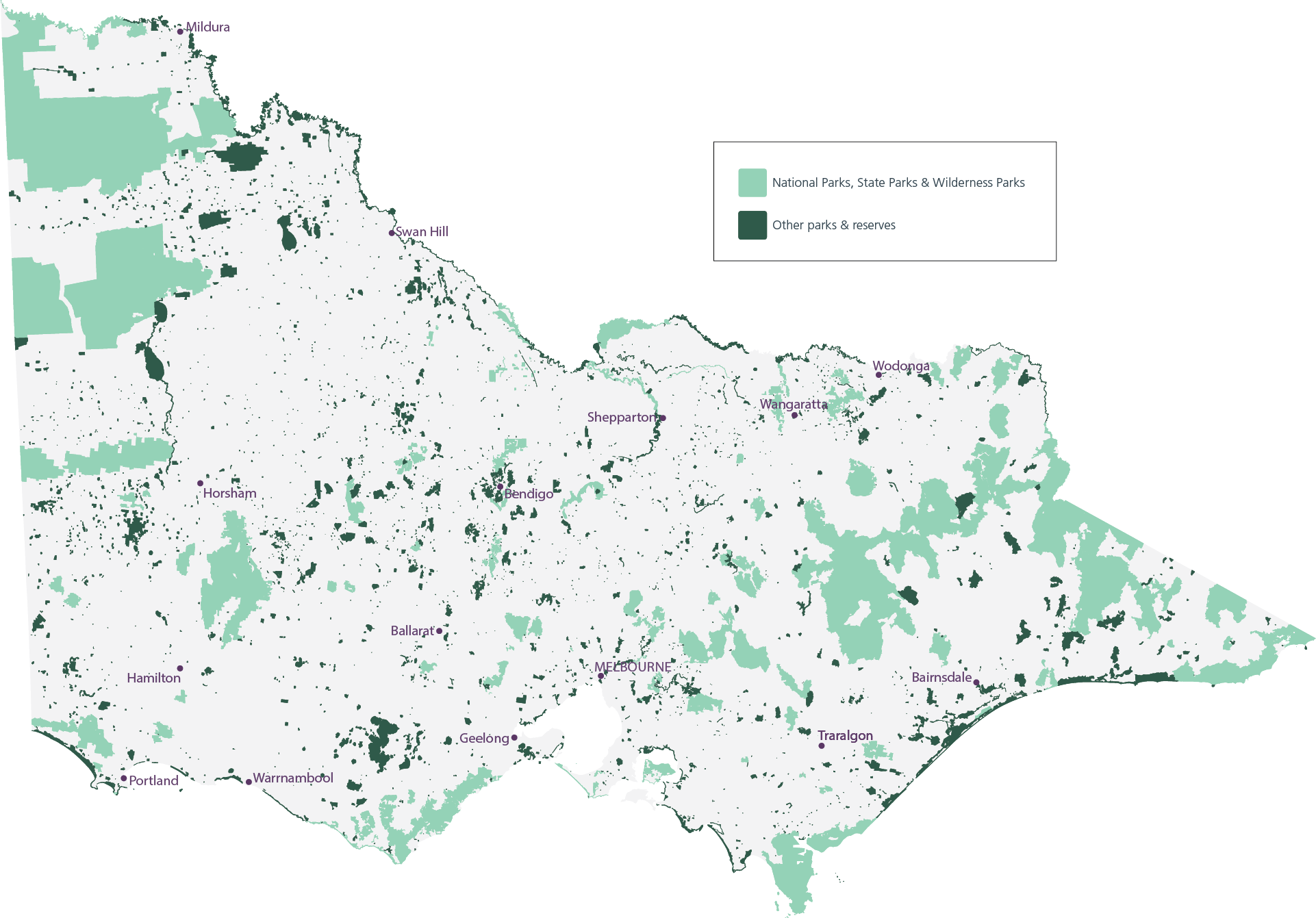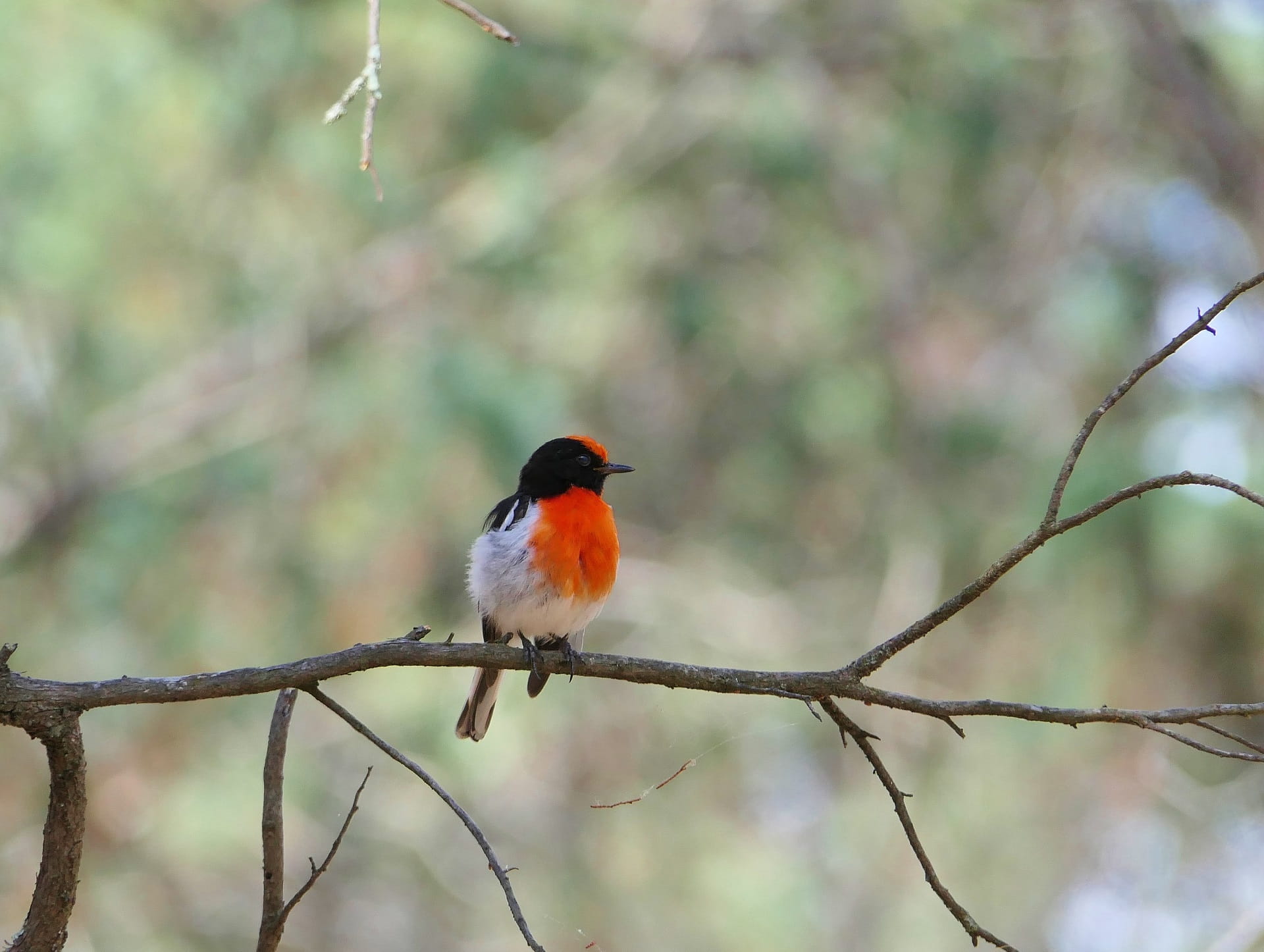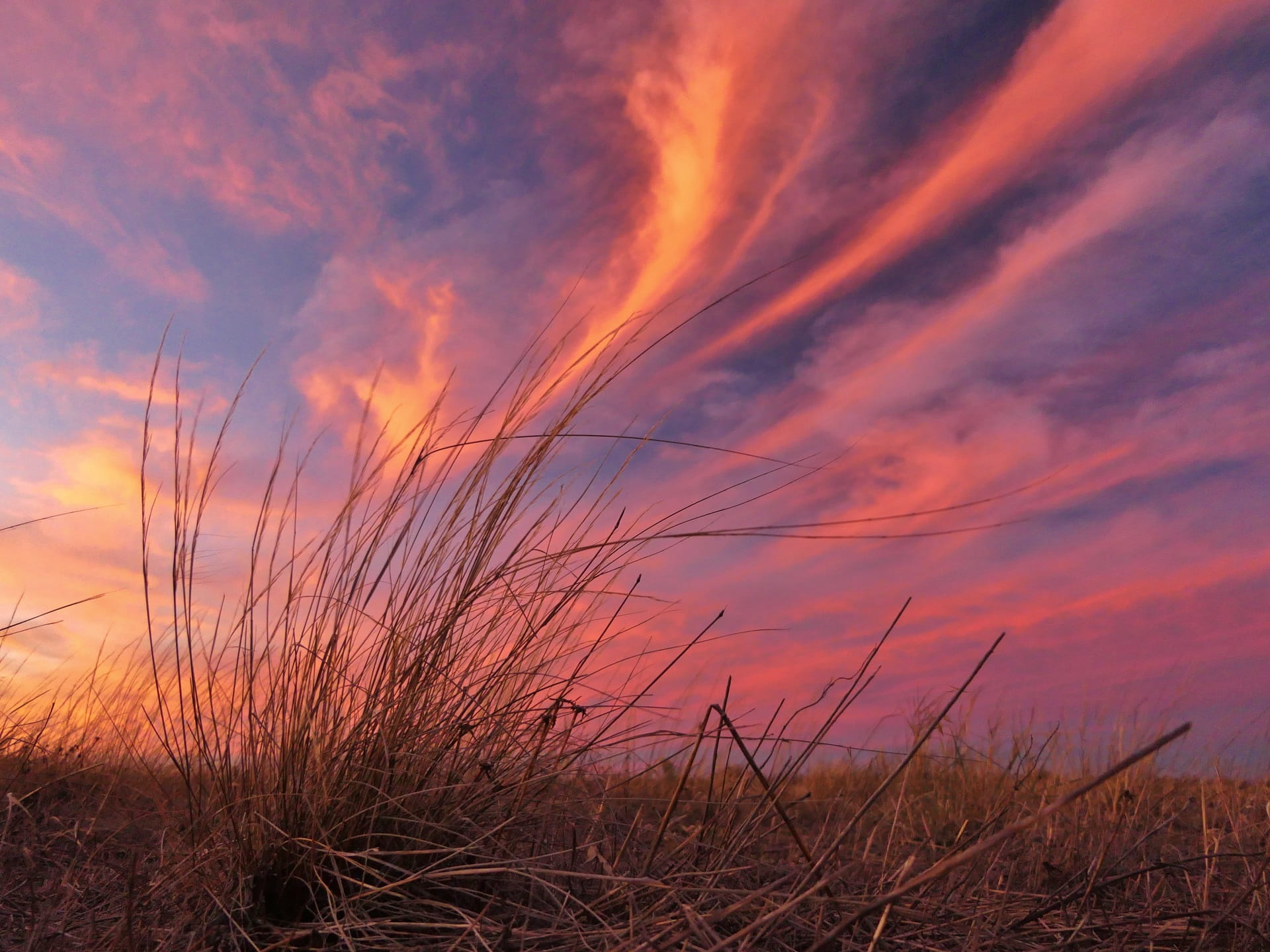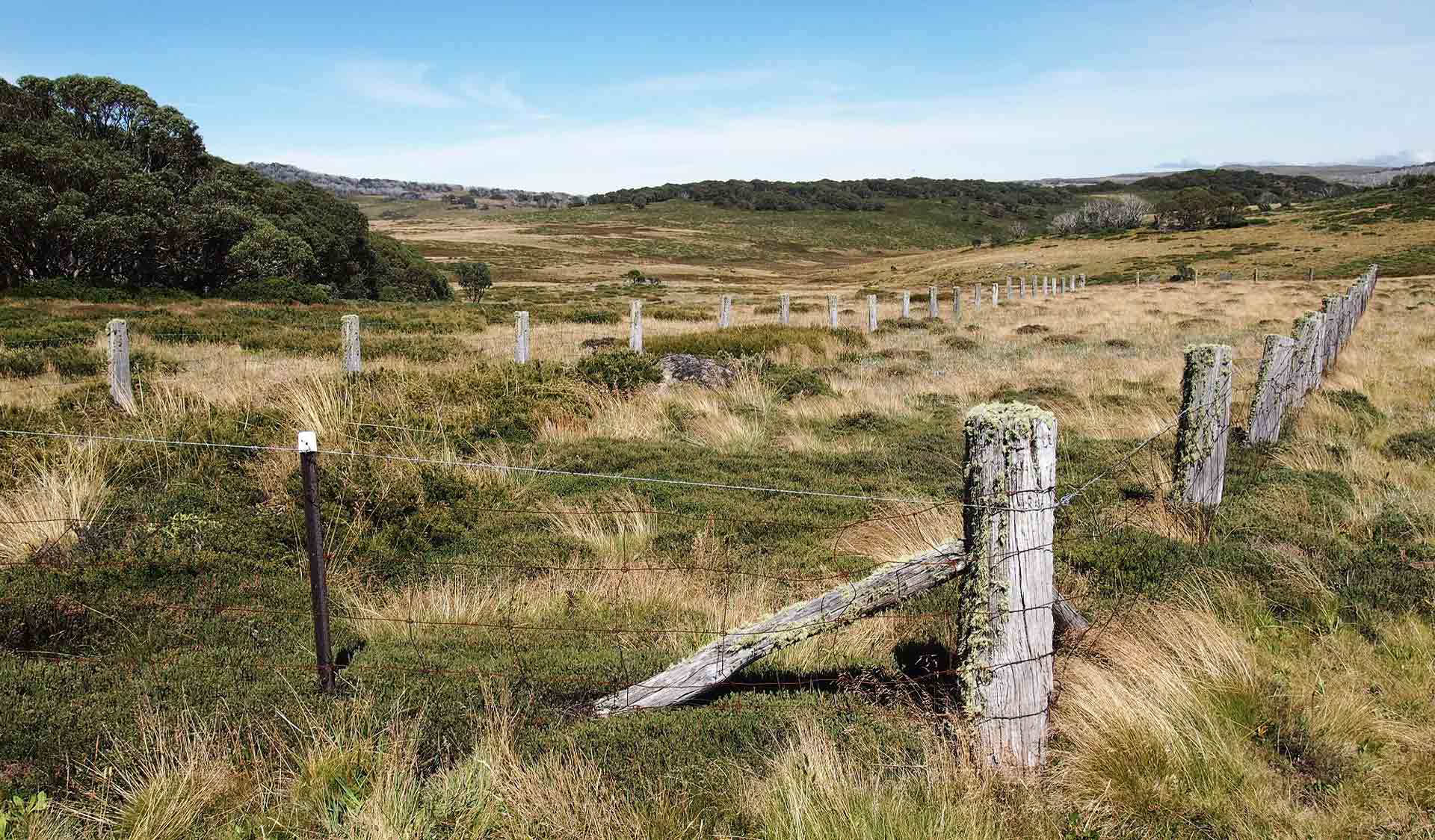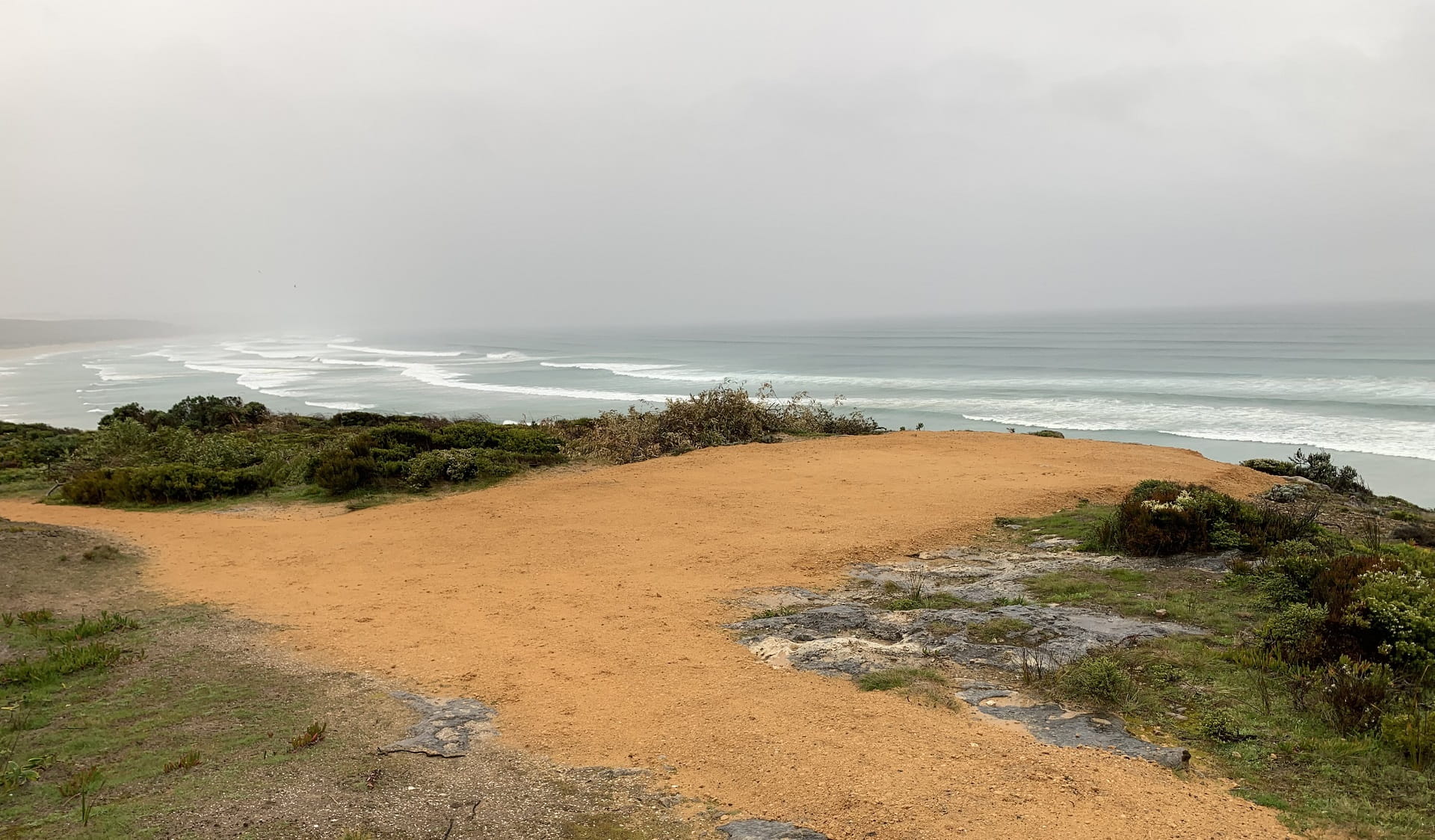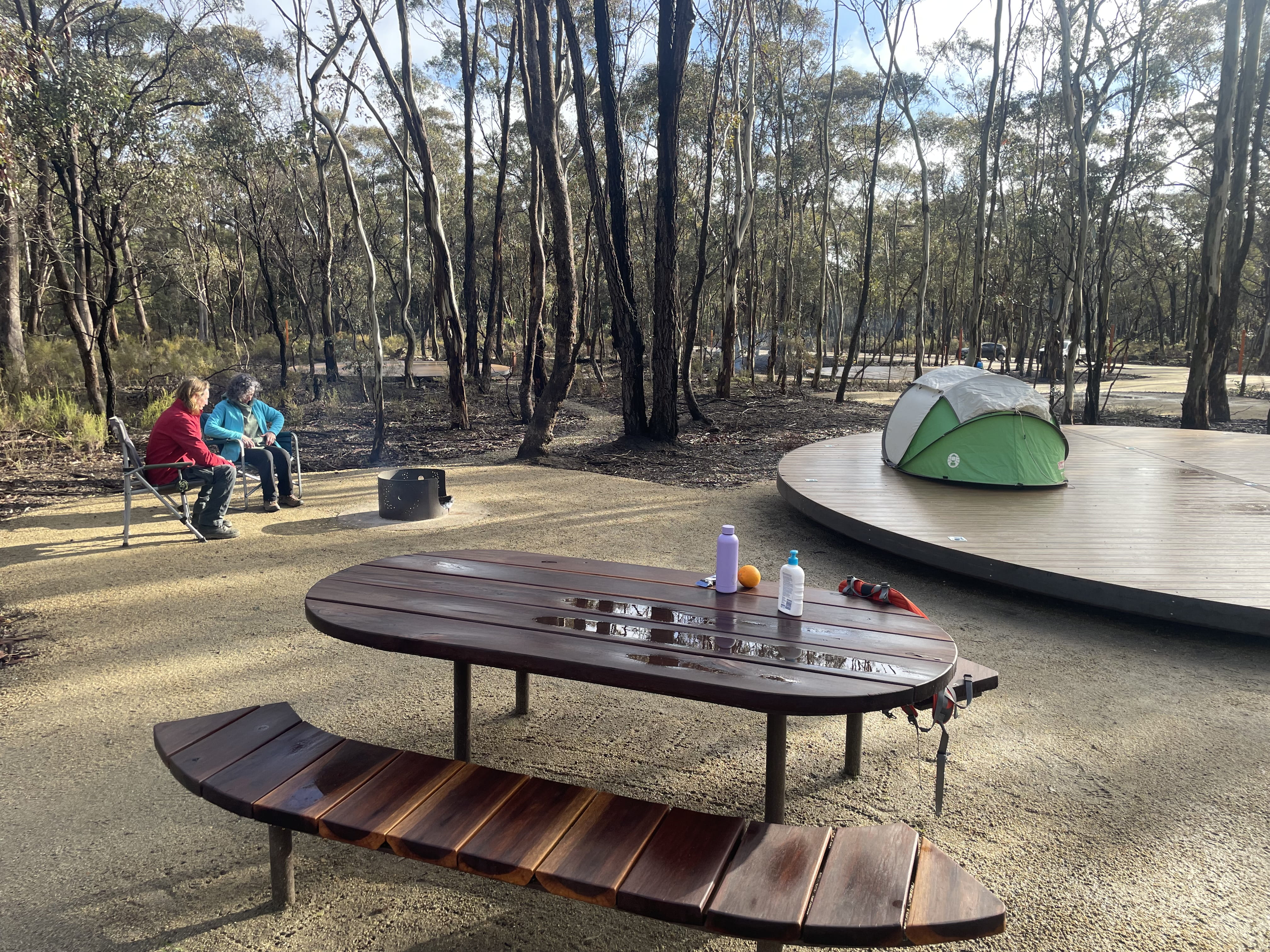Nature Conservation Reserves: Unsung heroes protecting nature's future
Tuesday 5 September, 2023
What they lack in size, they make up in number. Nature conservation reserves (dark green) are spread throughout most of Victoria's landscapes
Parks Victoria manages a diverse estate of more than four million hectares. This includes approximately 200 parks and more than 2,700 conservation reserves. While we've all heard of national parks and state parks, it might surprise you to learn that we also have bushland reserves, cave reserves, lake reserves, scenic reserves, wilderness parks and even historic parks.
While nature conservation reserves account for 93 per cent of the total number of parks in our estate, they make up just 13 per cent of the total land area we manage.
These smaller protected areas are often undervalued when compared to the more popular parks we know, frequent and love.
So, why do we have them and what makes them special? This explainer will take you through the role nature conservation reserves, and flora and fauna reserves, play in maintaining healthy and functioning ecosystems.
Small but mighty
Far from just scrappy bush, nature conservation reserves are crucial buffers to the impacts of climate change. They provide refuges for native plants and animals to survive and adapt, which helps reduce their extinction risk over time.
As Dr Mark Antos explains, they're the fundamental “stepping stones” or the “bricks and mortar” to the larger parks they connect to or neighbour.
In his role as Manager of Biodiversity Science for Parks Victoria, Mark spends hours leading conservation projects, monitoring and surveys in these reserves.
"They're a microcosm of the larger parks they serve, and because of this, they can be more easily studied and preserved,” says Mark.
“Like a mirror, they reflect any environmental stressors or shifts that are happening in a larger, less accessible park. They provide crucial, early indicators of change that support our long-term conservation planning and projects.”
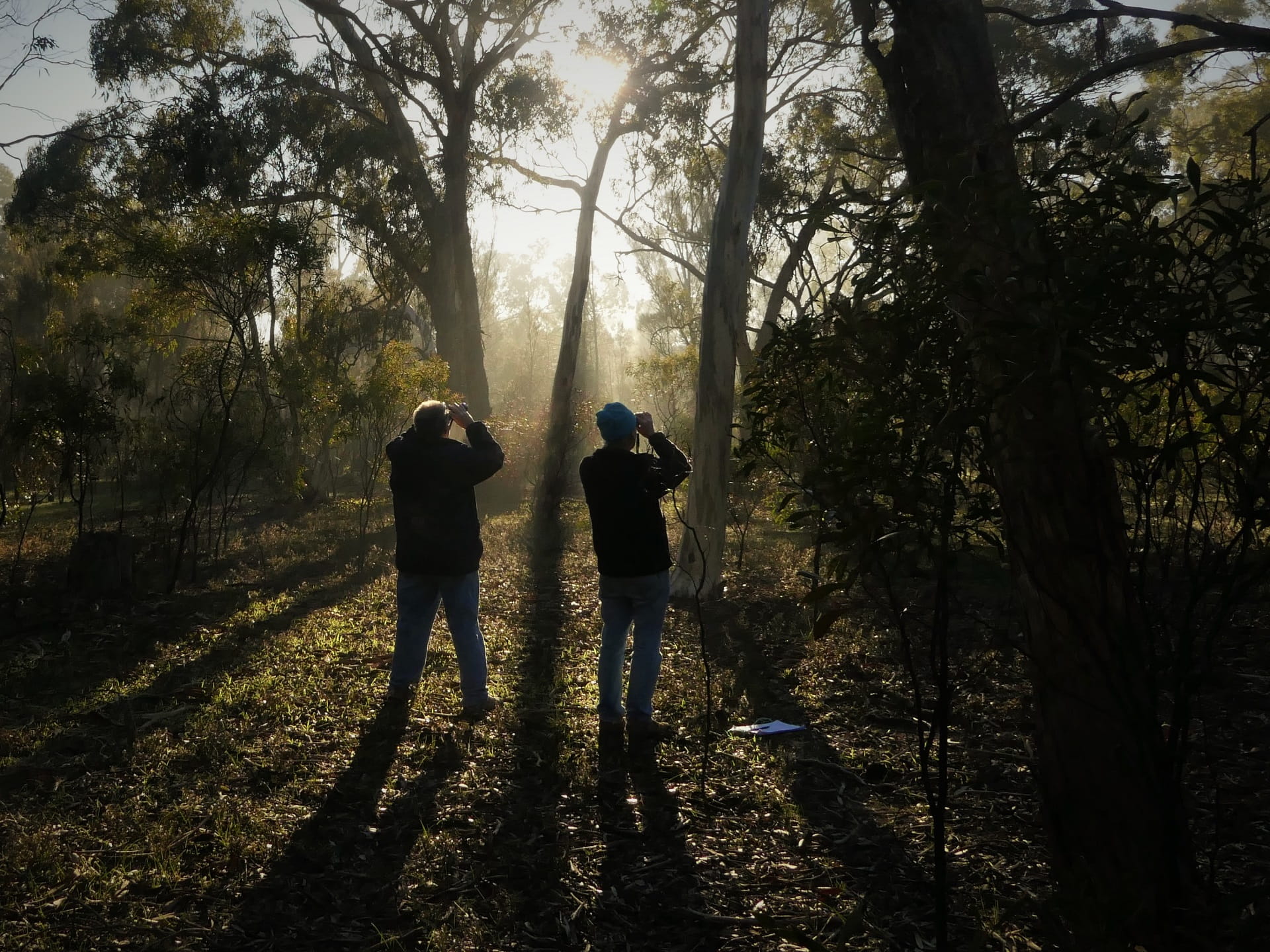
Citizen scientists survey Deep Lead Nature Conservation Reserve - Credit Mark Antos
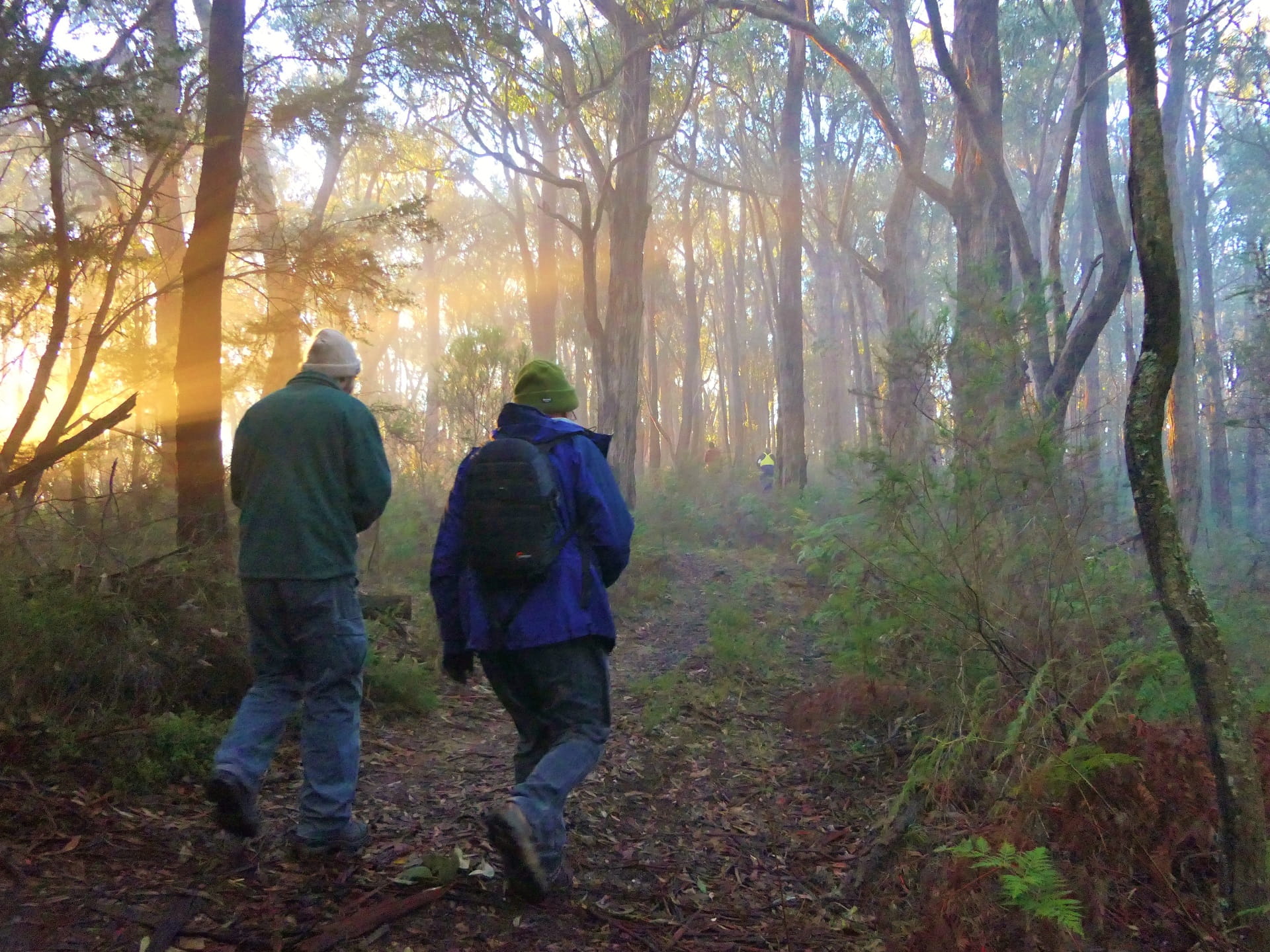
Parks Victoria staff conducting conservation work at Warramate Hills Nature Conservation Reserve - Credit Mark Antos
For their small size, they sure do pack a punch.
“Despite 90 per cent of the nature conservation reserves we manage measuring under 400 hectares in size, they can compare very favourably with larger national parks when it comes to the number of plants and animals they contain per hectare,” says Mark.
“It can take a second for that to sink in – that it’s possible to have such high species richness and diversity in an environment that could take just five minutes to cover by car.”
How is this possible? Well, nature conservation reserves often protect the very fertile and productive habitats that aren't well represented in our larger parks – largely due to clearing for agriculture beyond park boundaries.
But their small size can also make them more vulnerable to the effects of isolation, edge disturbances and threats from introduced plants and animals, so they need special care.
“This is why human activity in these protected areas must remain at a minimum. Our nature conservation reserves are spaces in nature where nature well and truly comes first,” says Mark.
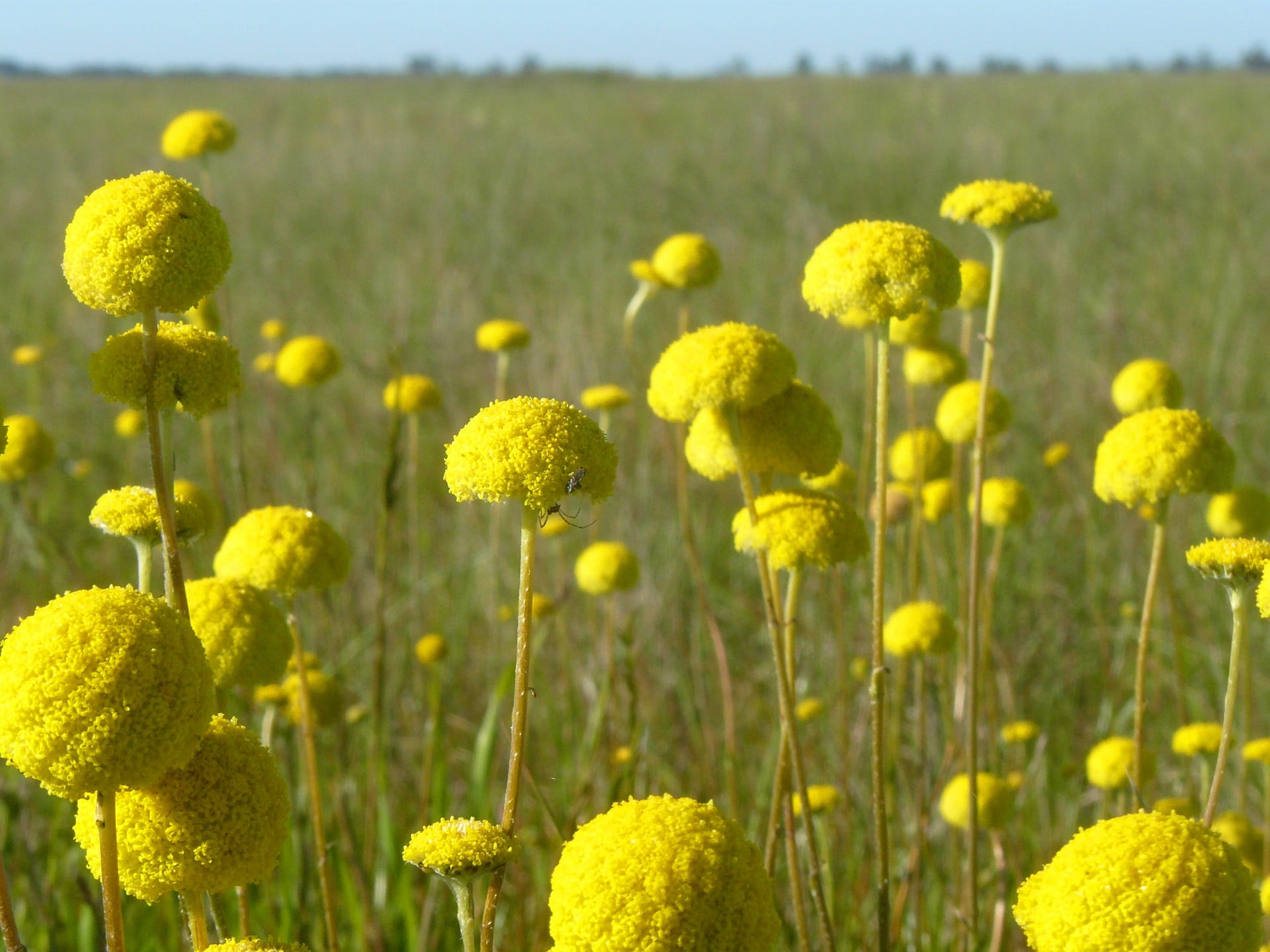
Drumsticks at Bael Bael Grasslands Nature Conservation Reserve - Credit Mark Antos
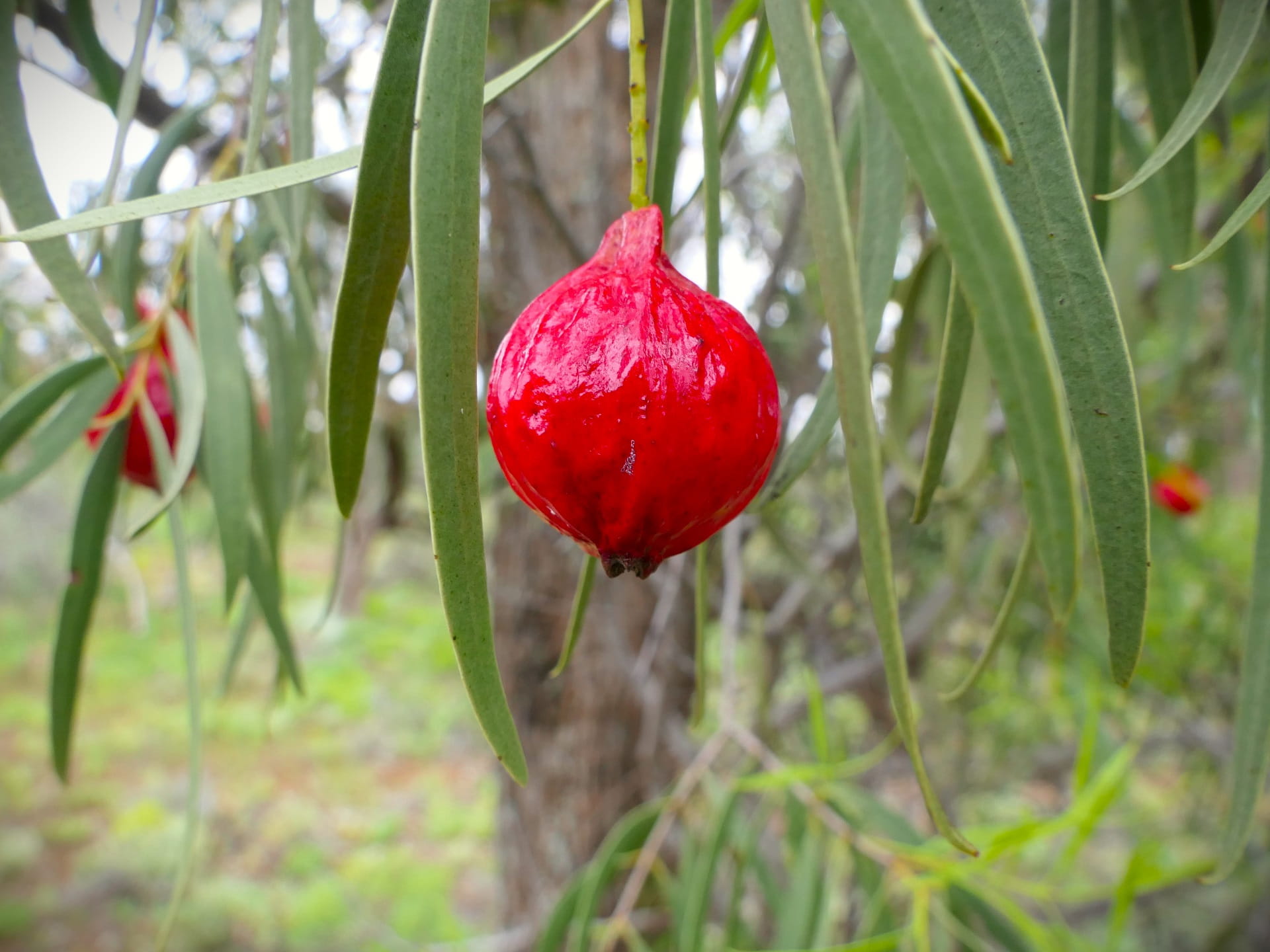
Quandong at Yarrara Flora and Fauna Reserve - Credit Mark Antos
A beautiful Red-capped Robin (Petroica goodenovii) perching on a lone branch - Credit Mark Antos
“Nature conservation reserves play an important role as ecological corridors, which are passages on land or in water, between a park or habitat and the surrounding natural environment. They encourage movement of wildlife and dispersal of plant species, and facilitate seasonal migration, genetic diversity, as well as adaptation to environmental change,” explains Mark.
Our natural environments are in better health when they're connected to one another.
“This is how we see genetic diversity and generational success in species. Because they aren't cut off or isolated in one type or patch of habitat, they can more easily overcome human disturbances, including the impacts of climate change.”
A very real example of this important function occurred on a sunny spring morning in 2001, when researchers observed a Red-capped Robin on Yorta Yorta Country in Gunbower National Park, along the Murray River.
“While this sighting wasn't unusual to me, the presence of colour bands on the bird's leg made it remarkable. Attached for research purposes at Terrick Terrick National Park, the bands indicated the bird travelled 36 kilometres to get to Gunbower National Park,” reflects Mark.
“Despite this bird's journey starting and ending in a national park, a small collection of streamside and bushland reserves along the way made it possible. The robin used them as stepping stones between the two parks in an otherwise cleared agricultural landscape to find a safe passage to its new home.”
“Without these, it wouldn't be possible for these small birds – weighing in at less than a 20 cent coin – to make the arduous crossing and exchange genetic diversity between the two larger parks.”
The building blocks of Victoria’s parks system
Most of our reserves came into being following detailed and objective assessment by the Land Conservation Council (now known as the Victorian Environmental Assessment Council).
The council made recommendations on which areas of public land should be set aside as national parks, recreation areas or remain available for other uses. They often designated the most environmentally sensitive and important sites as nature conservation reserves.
“For grasslands, box-ironbark forests and semi-arid woodlands in particular, nature conservation reserves provide some of the best examples of what Victorian landscapes looked like before colonisation," says Mark.
"Native grasslands are the most depleted ecosystems in the state. The single largest protected grassland occurs at Bael Bael Grassland Nature Conservation Reserve near Kerang. It hosts a range of open country animal species ranging from the tiny Fat-tailed Dunnart through to our largest land mammal, the Red Kangaroo.”
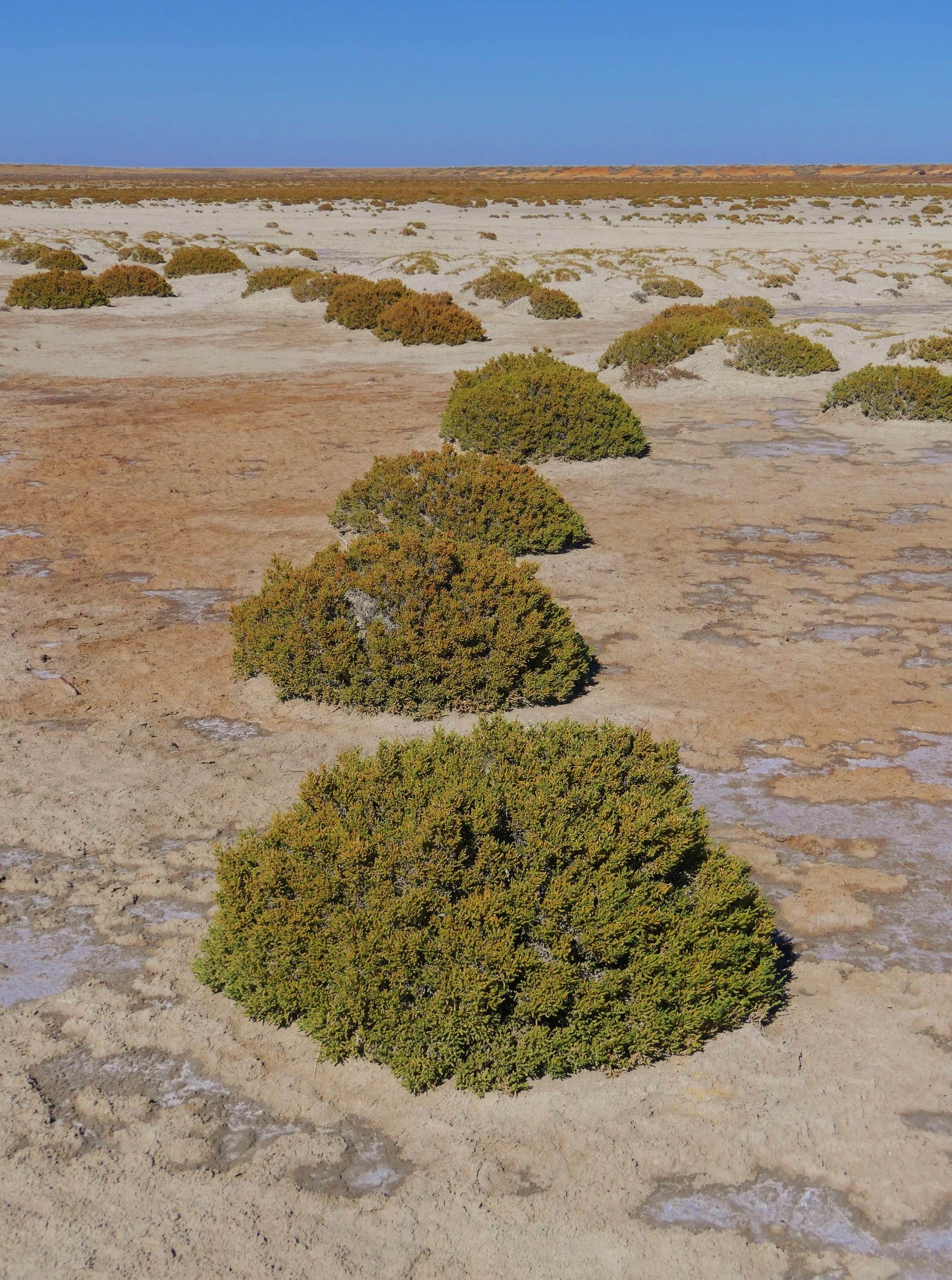
Salt lake at Bael Bael Grassland Nature Conservation Reserve - Credit Mark Antos
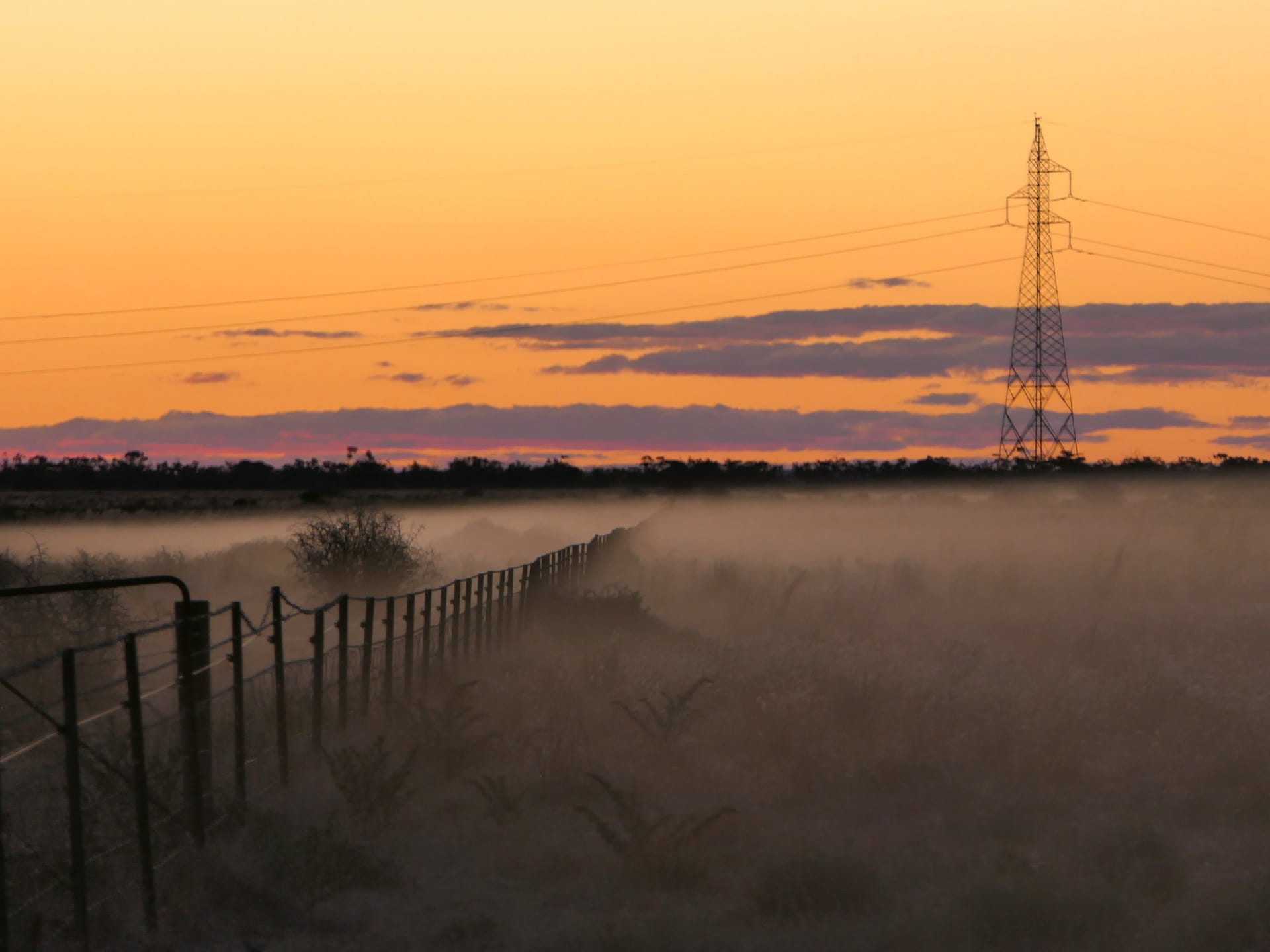
Hues of orange colouring Bael Bael Grassland Nature Conservation Reserve - Credit Mark Antos
Some reserves exist to protect the only sites in Victoria where special plant species occur naturally.
“These include Cabbage Tree Creek Flora Reserve, which protects Victoria's only population of the tropical-looking Cabbage Fan Palm. Similarly, the Mottle Range Flora Reserve protects our only Spotted Gum Forest,” says Mark.
"On Millewa-Mallee Country in the extreme northwest of the state, the Yarrara Flora and Fauna Reserve not only protects the best patch of ancient semi-arid woodland in the state, but is also the only place in all of Victoria where the Little Pied Bat occurs. It was first discovered there in 2014.”
In many cases, our nature conservation reserves provide some of the only viable seed left for revegetation of threatened plants. This revegetation commonly occurs in habitats that mimic the original environment and supports our work to create insurance or in-situ populations of rare plant species.
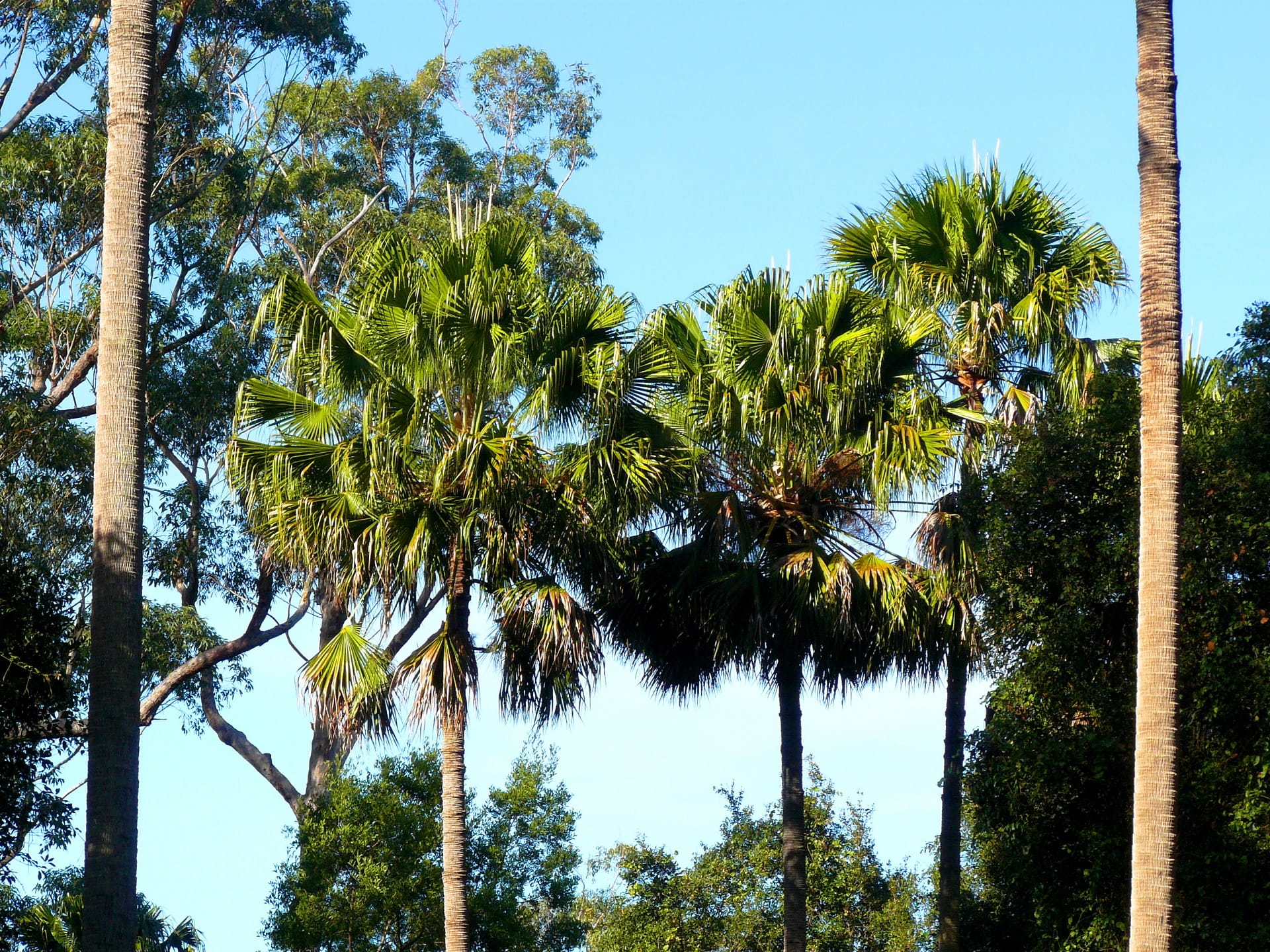
Cabbage Tree Creek Flora Reserve - Credit Mark Antos
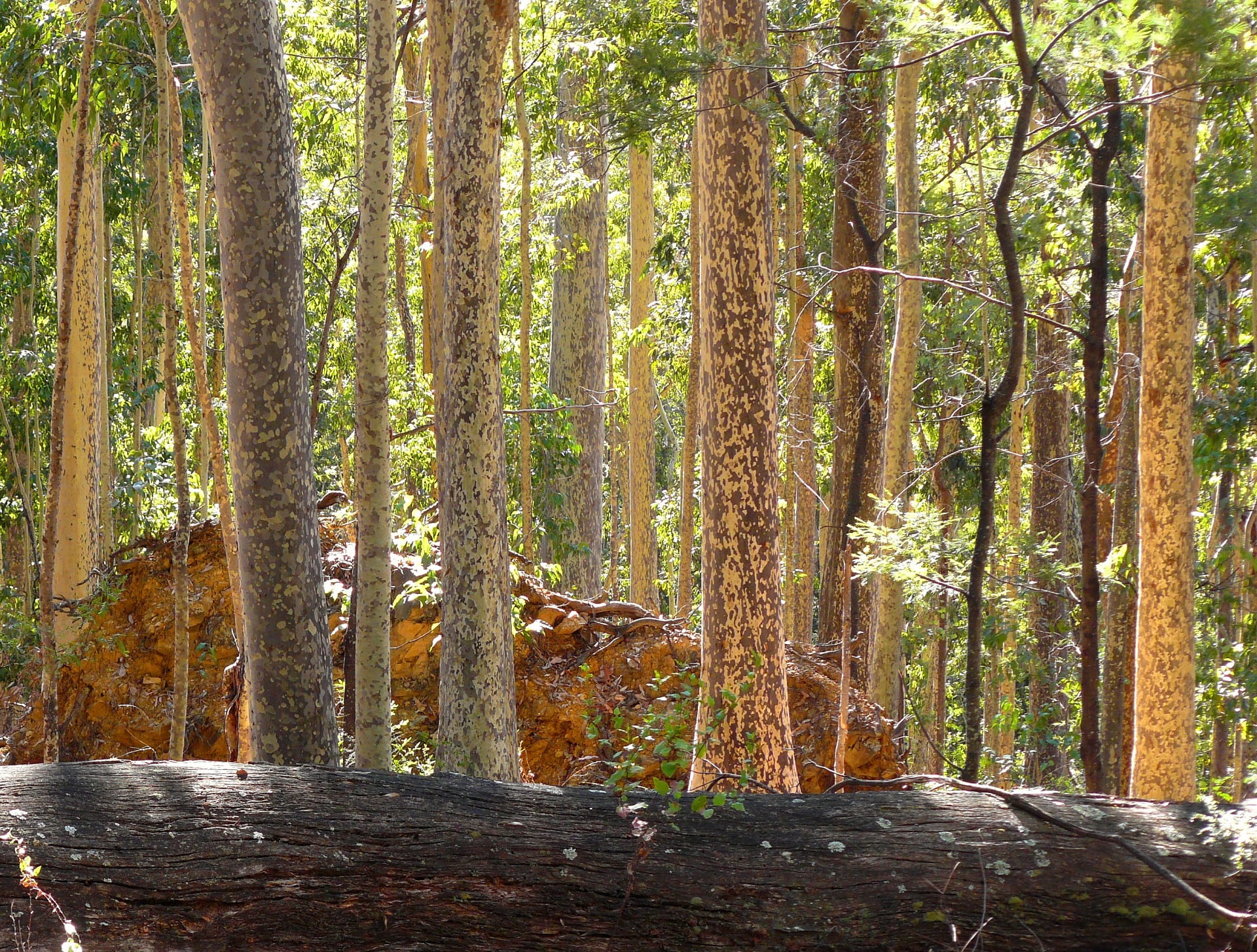
Spotted Gums at Mottle Range Flora Reserve - Credit Mark Antos
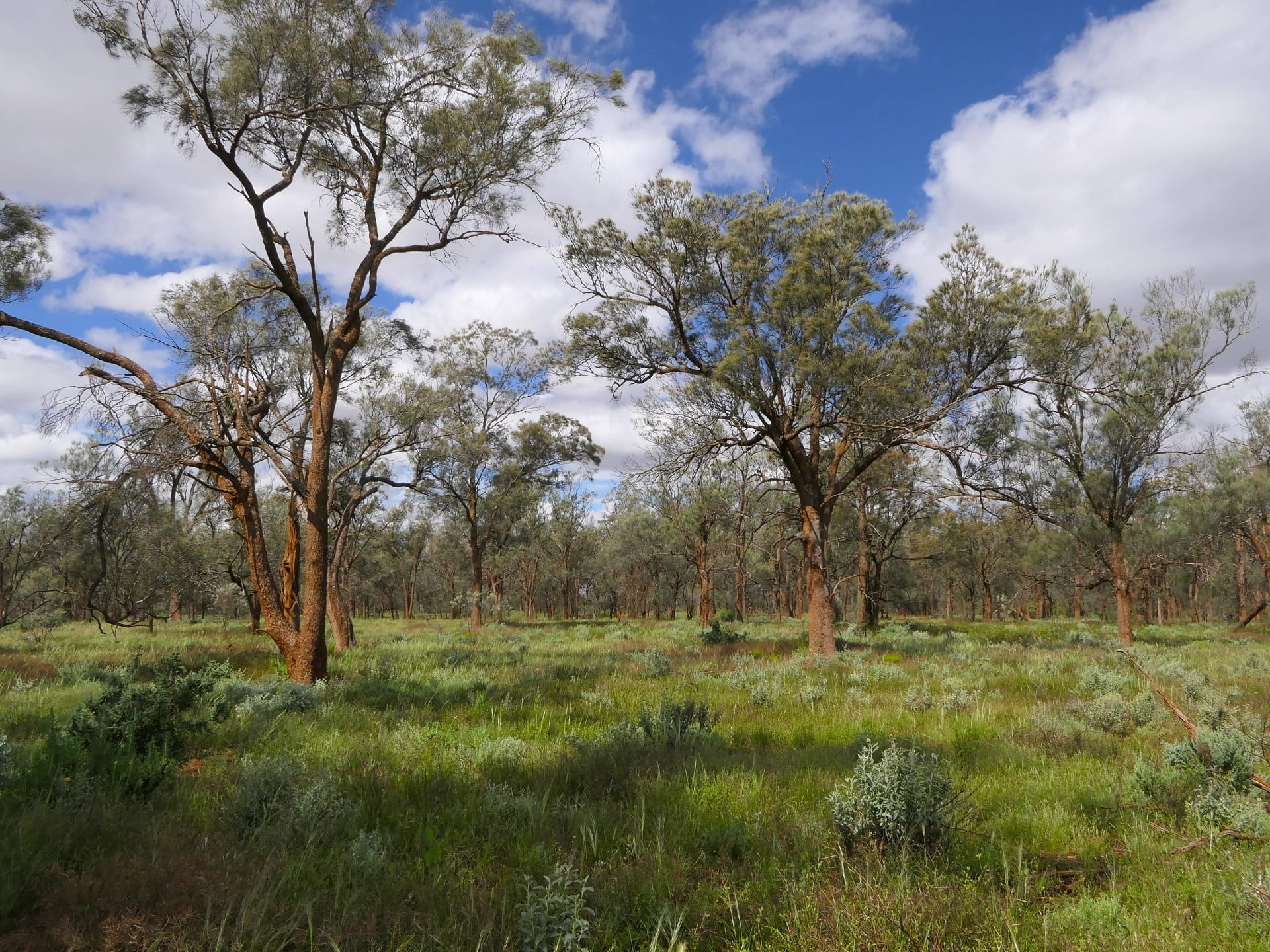
Semi-arid woodlands at Yarrara Flora and Fauna Reserve - Credit Mark Antos
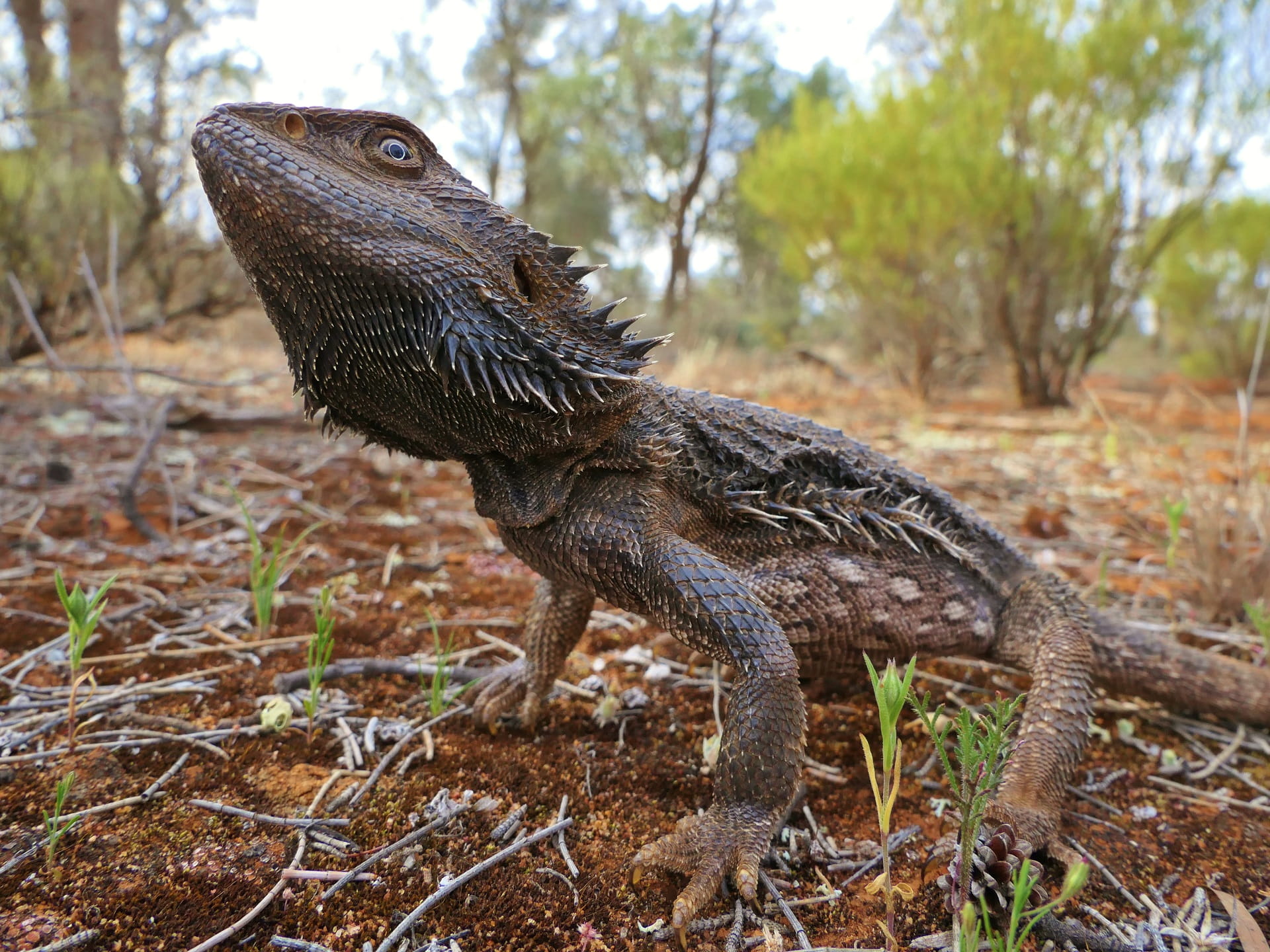
A Central Bearded Dragon (Pogona vitticeps) at Yarrara Flora and Fauna Reserve - Credit Mark Antos
There are also some land systems in Victoria that do not occur in any national park and are only protected in nature conservation reserves.
“This is the case at Bendoc Nature Conservation Reserve in far East Gippsland. Nestled along the New South Wales border, this reserve protects the world's most southern community of the Monaro Tablelands, which are known for their sweeping high elevation tussock grasslands and groves of snow gums,” says Mark.
Although most reserves tend to be small, some are vast.
The Annuello Flora and Fauna Reserve is around 36,000 hectares, making it bigger than Mt Buffalo National Park. It supports some of the most important populations of Mallefow and Regent Parrots in Victoria," says Mark.
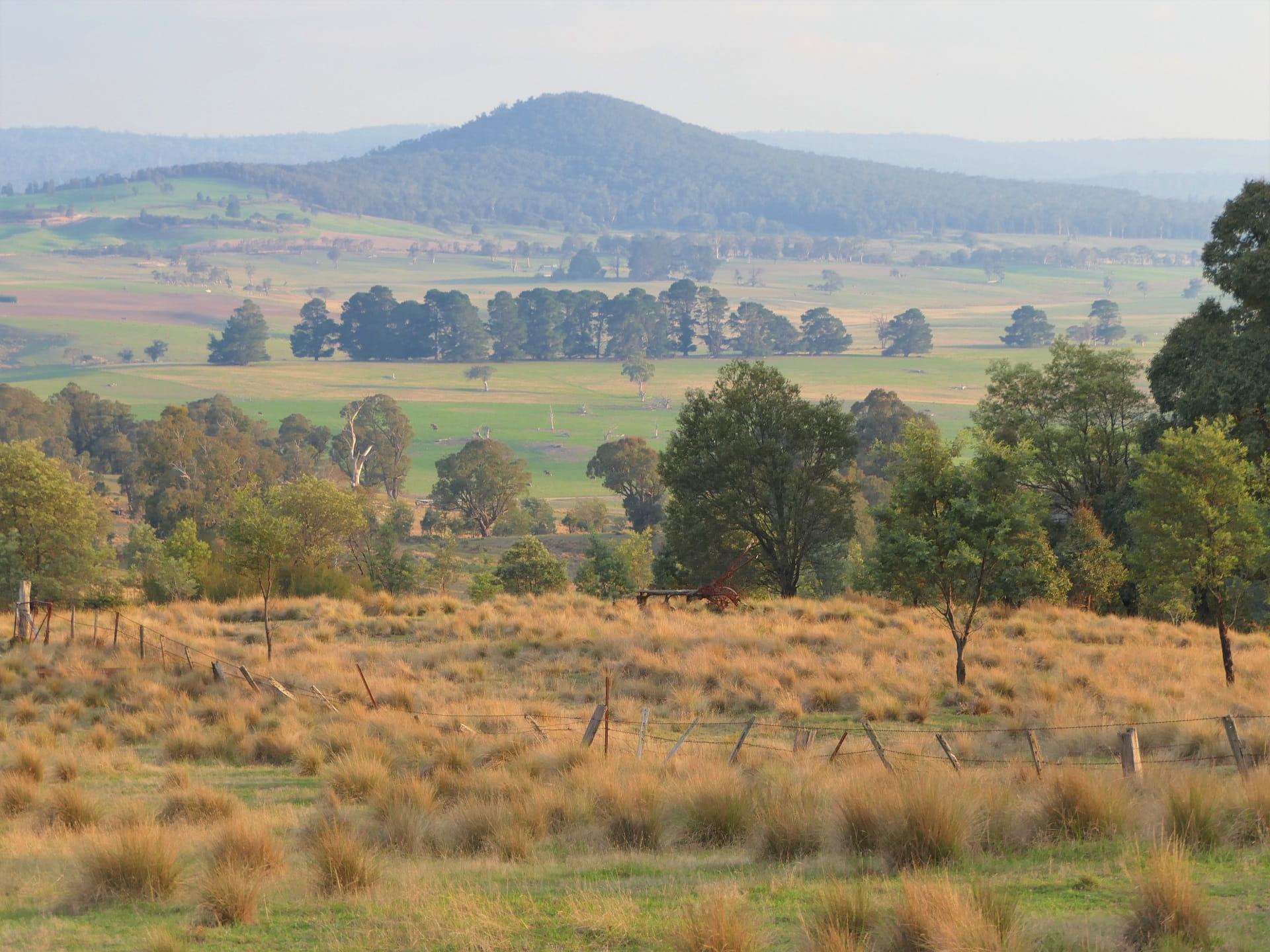
Montane Tussock Grassland at Bendoc Nature Conservation Reserve - Credit Mark Antos
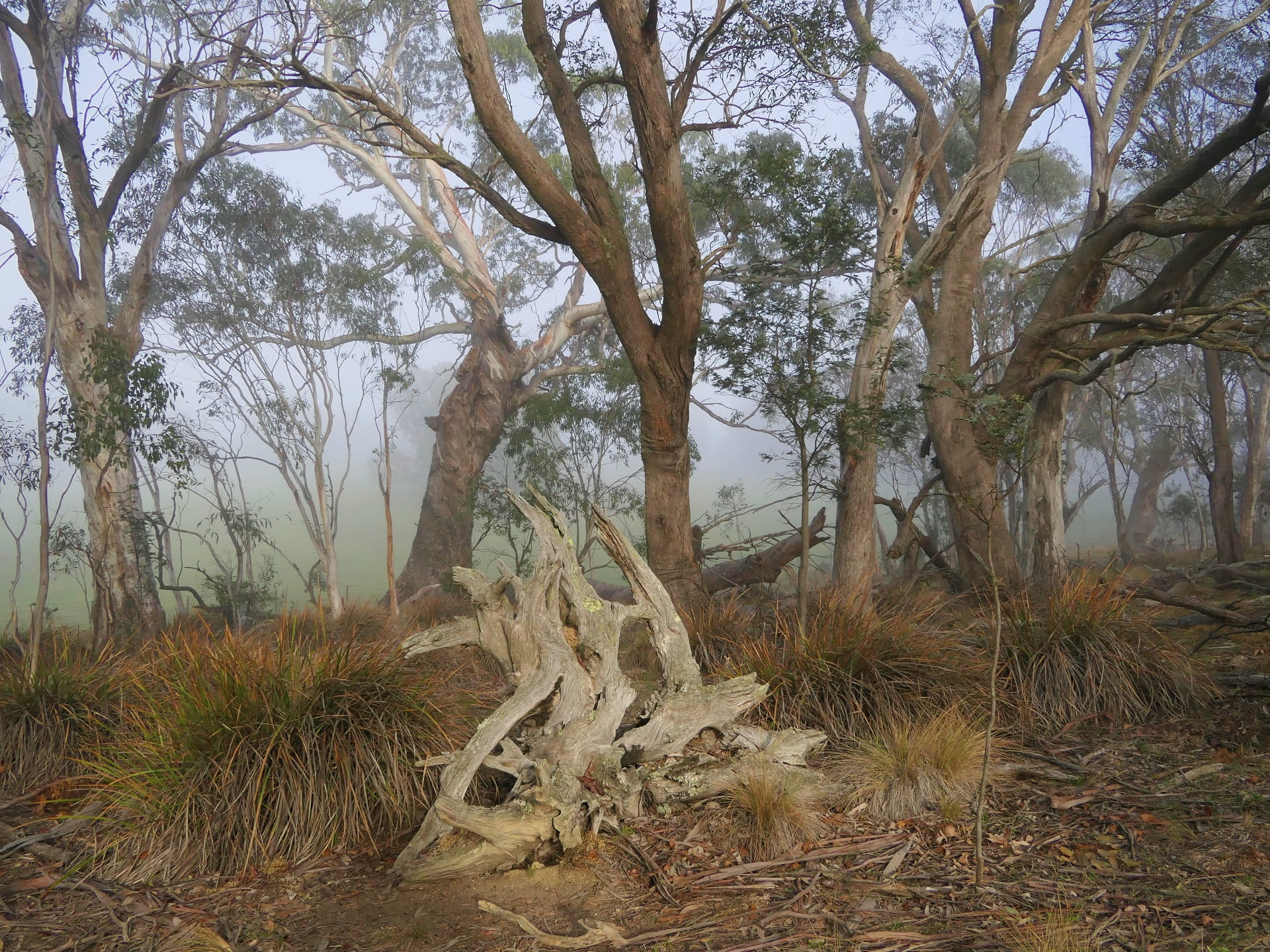
Subalpine woodlands at Bendoc Nature Conservation Reserve - Credit Mark Antos
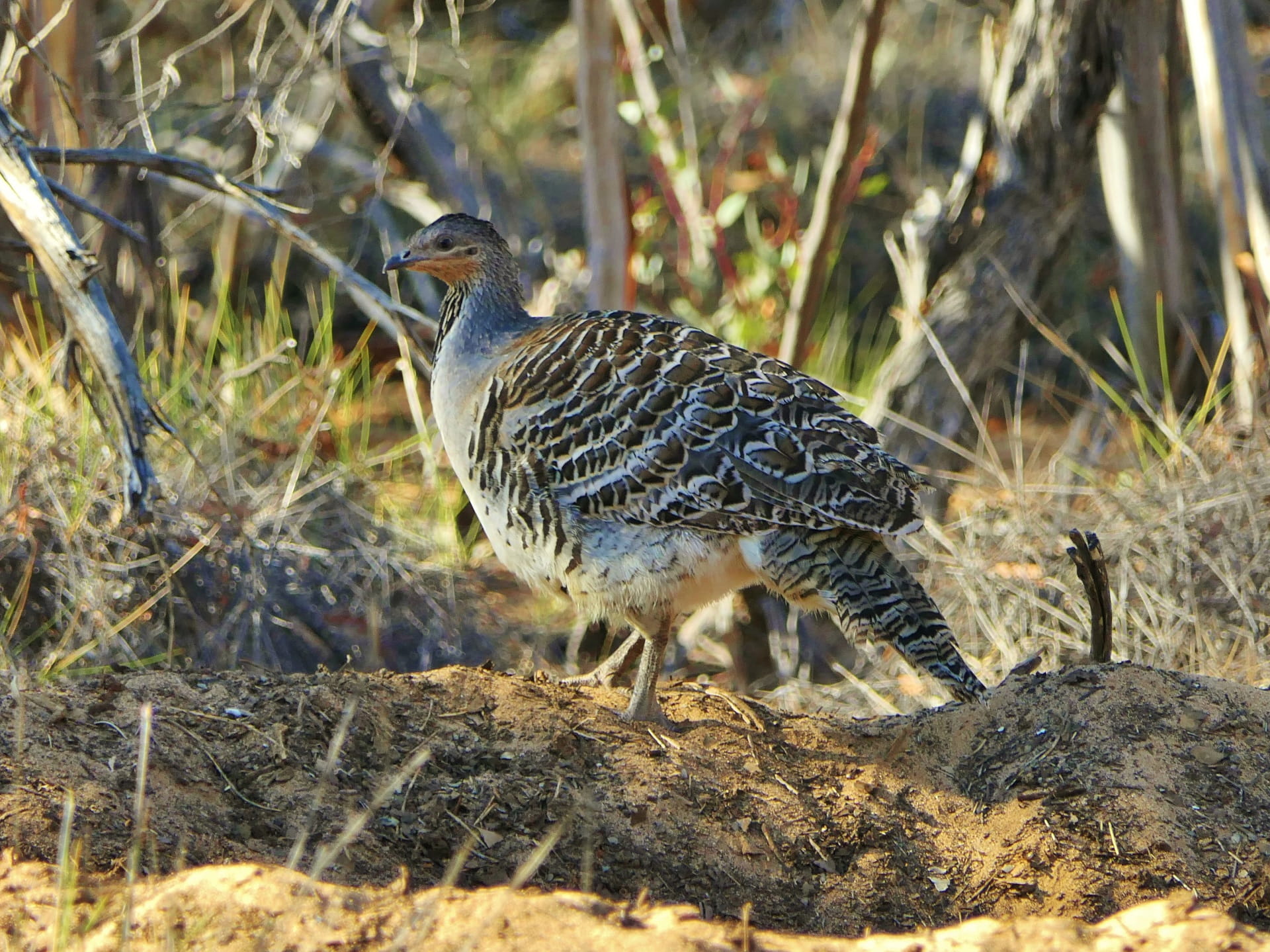
Malleefowl (Leipoa ocellata) spotted at Annuello Flora and Fauna Reserve - Credit Mark Antos
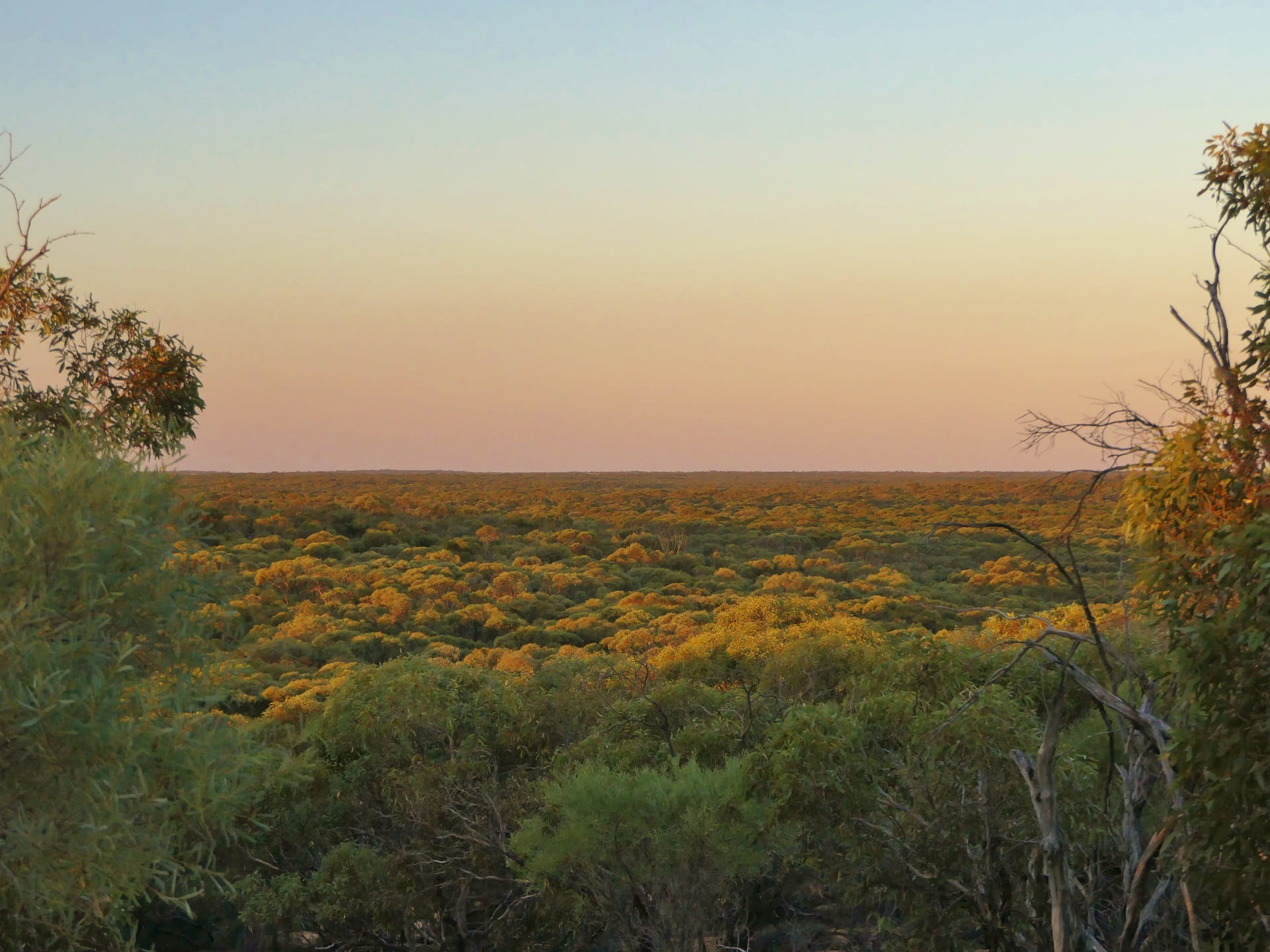
Looking over Annuello Flora and Fauna Reserve - Credit Mark Antos
Nature conservation reserves can also hold source populations of threatened animals for captive breeding programs, which help bring species “back from the brink”.
“On Gunaikurnai Country, Providence Ponds Flora and Fauna Reserve crosses by the busy Princes Hwy in Gippsland but is home to a population of the endangered Pookila, formerly known as the New Holland Mouse," says Mark.
"The populations here are so healthy that the site became an important source of wild animals for Zoos Victoria’s captive breeding program to save the species from extinction.”
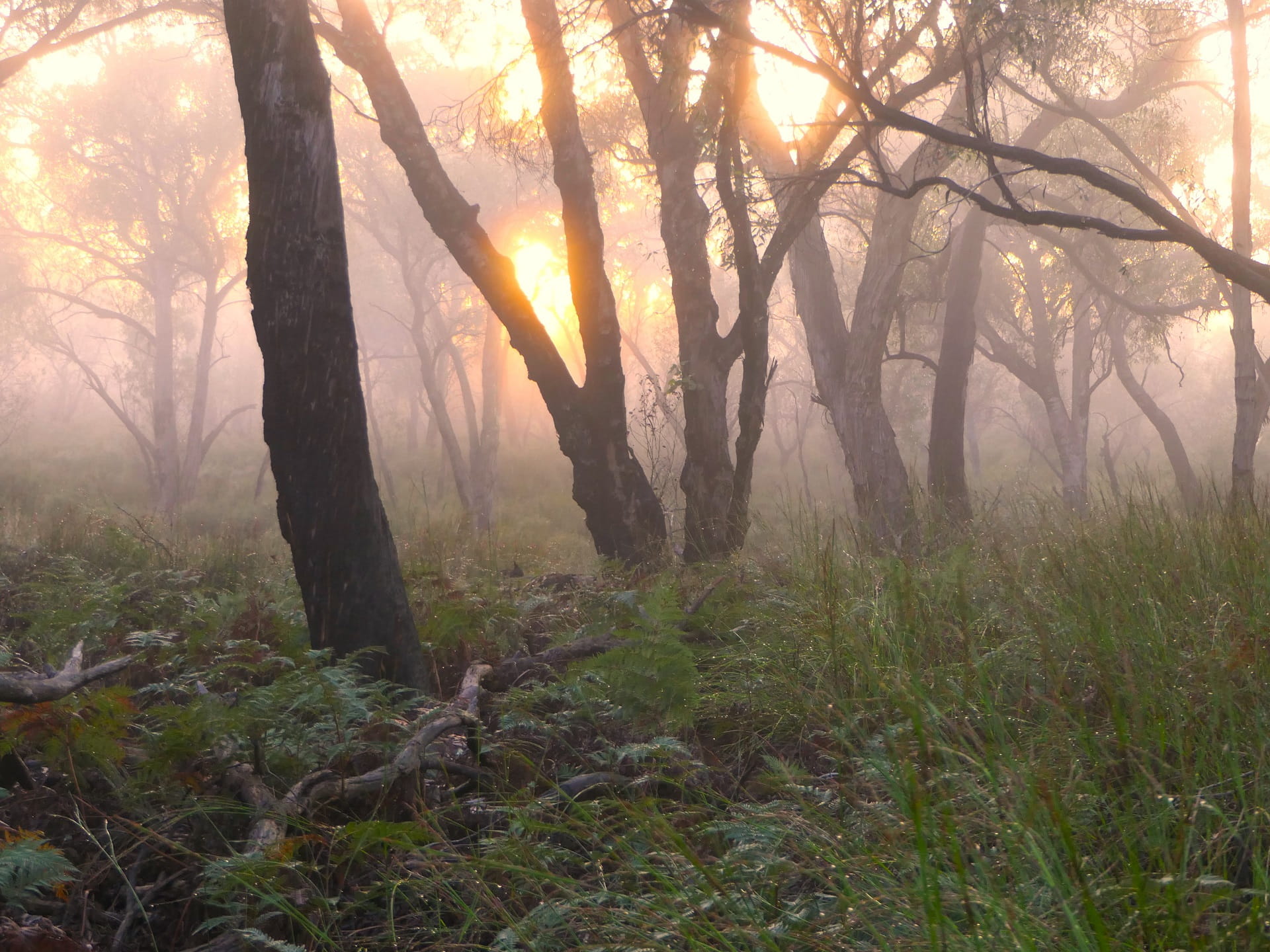
Pookila (Pseudomys novaehollandiae) habitat at Providence Ponds Flora and Fauna Reserve - Credit Mark Antos

Pookila (Pseudomys novaehollandiae) resting on moss - Credit Heath Warwick, Museums Victoria
What can you do to support them?
By law, these special places are protected for long-term nature conservation. They cannot sustain high-traffic recreation.
"While we encourage you to grow your connection with and understanding of nature conservation reserves, please remember that it's a privilege to have access to these spaces,” says Mark.
“When you enter a nature conservation reserve, it's helpful to lean into the experience and think beyond the immediate, natural scenery you've stepped into.”
“That swampy-looking stream might be hiding a family of frogs, turtles and microscopic organisms. Those dead logs scattered across the forest floor are probably brimming with termite and fungi activity, which brings them one step closer to becoming hollows for reptiles, insects and small mammals. The tiny bunch of wildflowers you've spotted might bloom for just three weeks, but produce such high quantities of nectar, that they're essential to the survival of hundreds of local pollinators.”
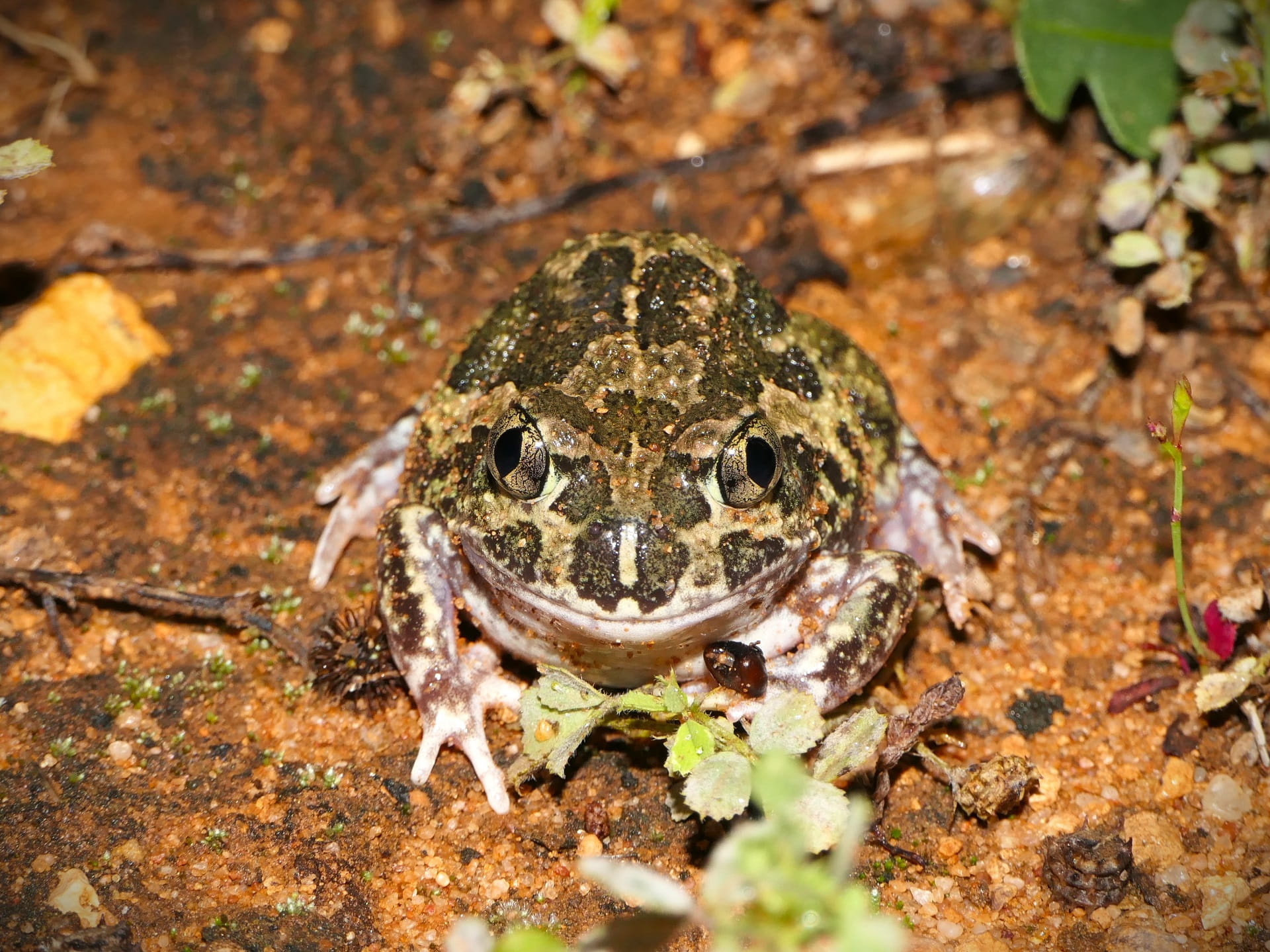
Getting up and close with a Spadefoot Toad (Scaphiopodidae) at Yarrara Flora and Fauna Reserve - Credit Mark Antos
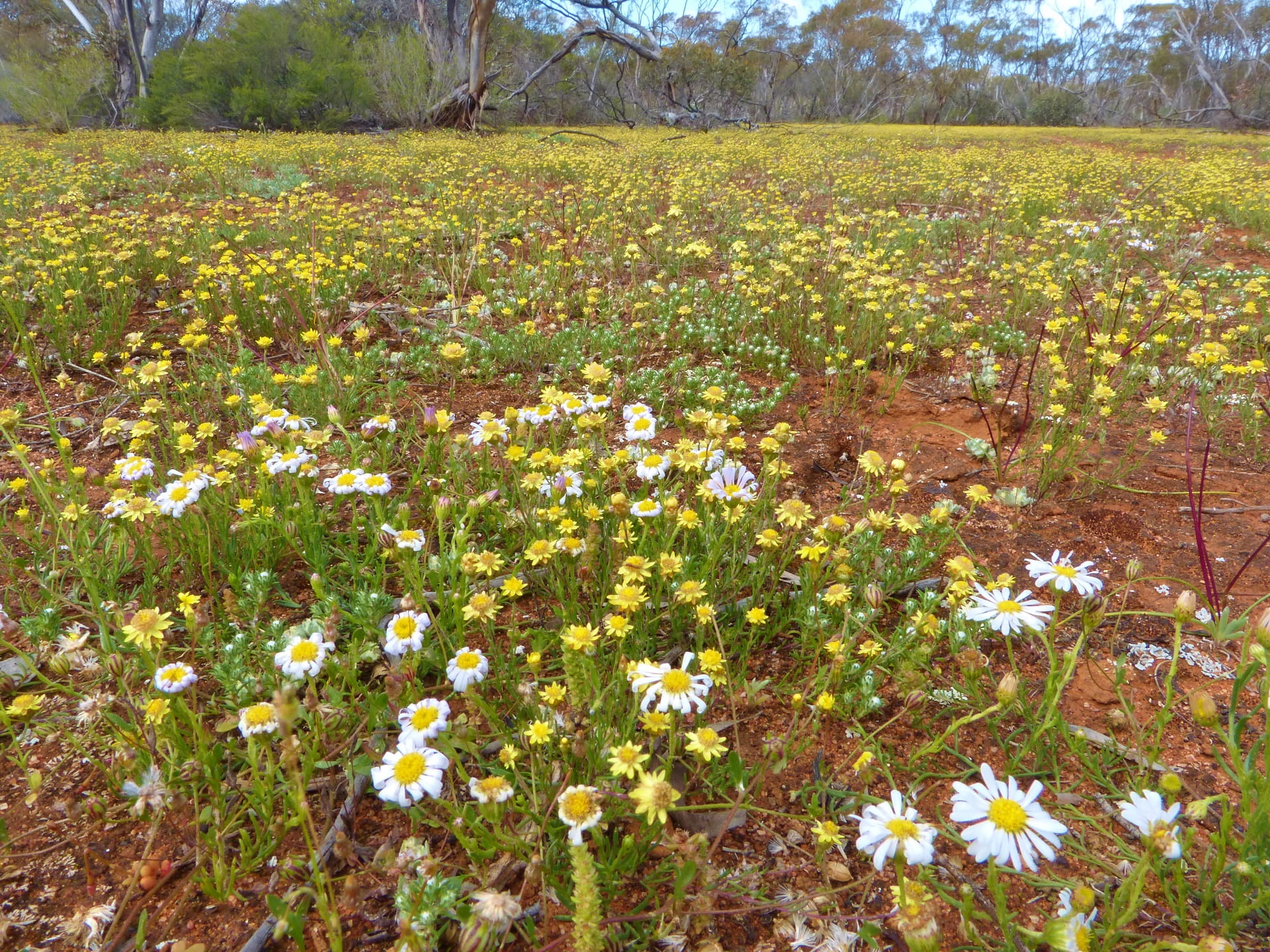
Beautiful wildflowers at Annuello Flora and Fauna Reserve - Credit Mark Antos
Watching the sun set over Bael Bael Grassland Nature Conservation Reserve - Credit Mark Antos
“Do you know where your closest reserve is?” reflects Mark.
“Because their focus is conservation and not recreation, you won't see these reserves advertised or well signposted. This explains why you might be less aware of one near you.”
“Don't expect to find toilets, picnic grounds or heaps of signage. These are places to do your own interpretation and exploration.”
If you're after a deeper connection with nature or a place where you can take time to feel centred and present, Mark encourages an independent, self-discovery of your local reserve.
“In many cases, because they're less well known, there's a good chance you'll be the only person there. A visit gives you the opportunity to close your eyes and listen to the sounds of the forest, pay attention to its smells, go for an uninterrupted wander and take a closer look – get on nature's level and see the beauty in a leaf, a petal or an insect pushing its way through leaf litter,” says Mark.
Our key advice?
“Leave your clutter at home – don't bring your dog, a football or your bike. Nature conservation reserves are not places to have a picnic or be distracted by games,” says Mark.
“The best accessories are an enquiring mind, sharp eyes, keen ears and a willingness to explore patiently. A camera and binoculars are also recommended!”
“These are the kind of protected areas we want you to bring your whole self and nothing more.”
“This is an opportunity to really open your mind and view nature on its own terms.”


